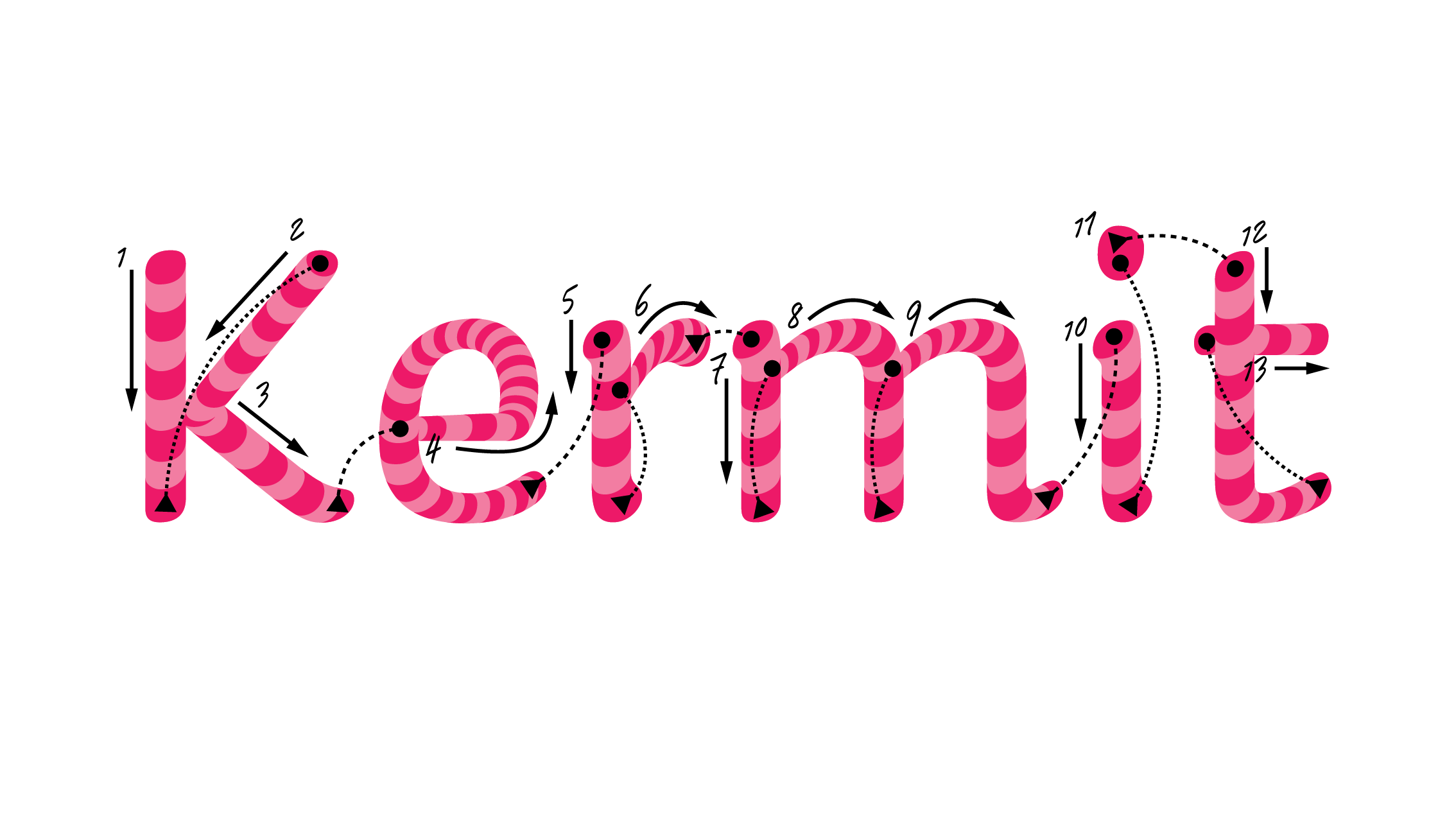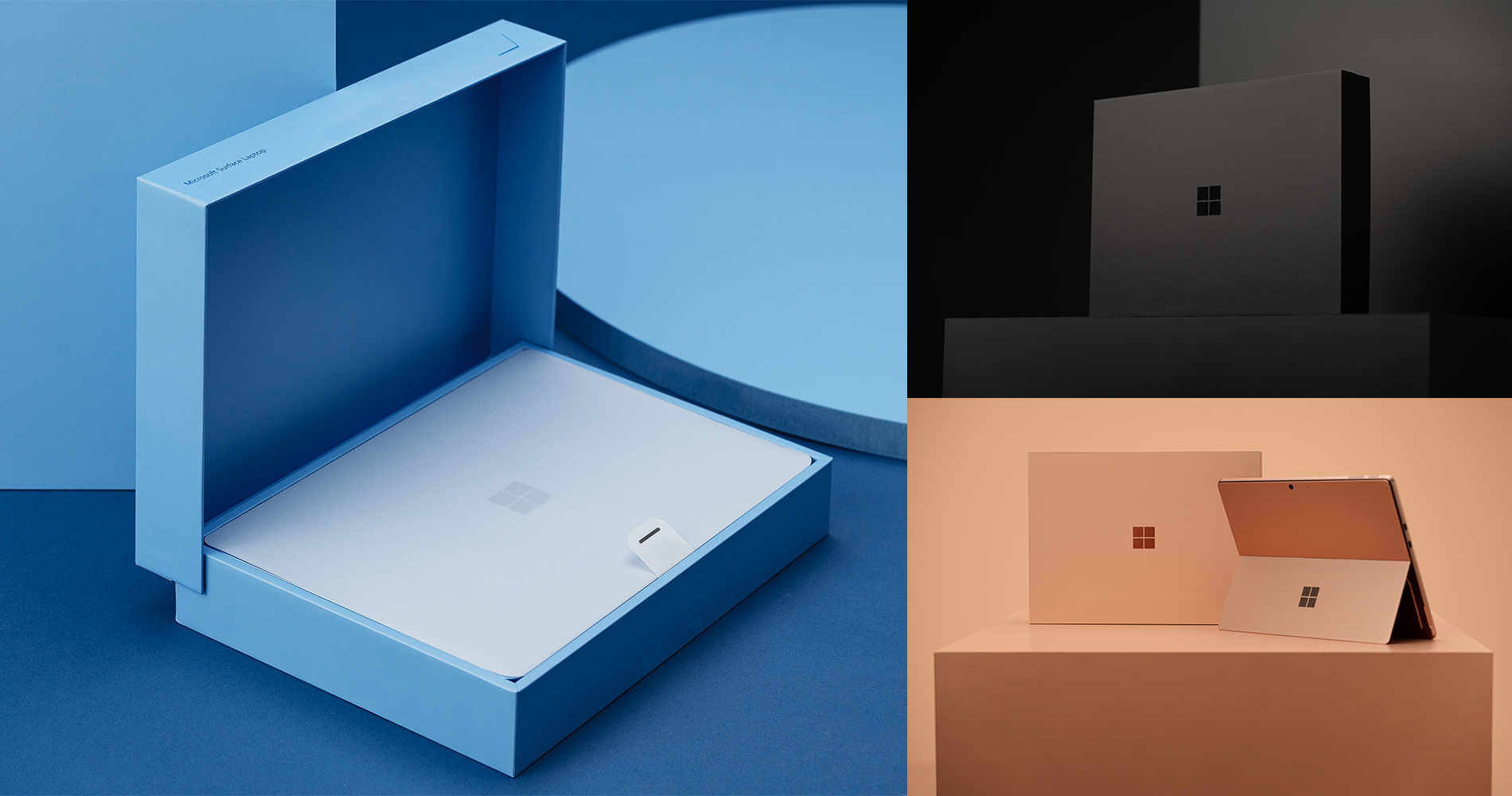Visualizing the Cloud
How we crafted a bespoke visual identity for our cloud platforms and services

Humans are naturally visual creatures, with the ability to process images 60,000 times faster than text — which underscores the importance of designing a visual identity that communicates a brand’s personality and value to its audience. The way in which we process images creates a perpetual design opportunity for the Cloud Marketing Brand Studio, the group behind creating brand identities for all of Microsoft’s cloud businesses — Azure, Dynamics, 365 business apps, and HoloLens 2, to name a few.
With more than 200 products and cloud services designed to help bring new solutions to life, the Azure cloud platform provides secure solutions for all industries. Designing individual visual themes for the brand that integrates and flows with Microsoft’s core branding — while simultaneously expressing the uniqueness of the brands within it — presents the studio with unique design challenges. It all begs the question, “How do you build strong and distinct brands under one of the largest and one of the most ubiquitous brands on the planet?” Especially, for an open and flexible cloud computing platform brand like Azure with a complex fingerprint of diverse applications and services around the world.
Recently, that hypothetical question got tested in a studio assignment to reimagine visualizations for the cloud and revamp the previous bespoke approach. For many people, the cloud remains an intangible concept — a technological marvel that’s difficult to understand nor easy to define. Visually communicating the multifaceted capabilities and intricacies of the cloud gave the Cloud Marketing Brand Studio another perplexing design challenge. How do you visually represent the power of the cloud with effective imagery that conveys emotions and ideas that resonate with audiences and help people connect with a brand? It was a problem-solving design opportunity the Cloud Marketing Brand Studio fully embraced with a deep understanding of the power of imagery and its lasting impact on customers.

Visually representing the cloud
When approaching the latest challenge of designing a new digital event branding system for our cloud businesses, the biggest challenge was figuring out how to visually represent the cloud. “There weren’t any metaphors in the real world that allowed us to tell that story about the cloud because it’s so unique,” Douglas Montague, Director of Cloud Marketing Brand Studio and the UX team for marketing websites, explained. “We had to go back to the fundamental of metaphors and ideas using geometry and structure.” As a starting point, the team considered various metaphors, from shipping containers to an AI world, to come up with visualizations for the cloud.
By focusing on the behaviors of the cloud — how it works together, flows, morphs, and grows based on inputs in a beautiful symbiotic relationship — the team distilled down descriptive terms for the technology to “adaptive intelligence” and “insight.”
The studio went to work to create visual explorations that embody the energized motivation and Intelligence of the cloud and the technology as a whole in regard to data — how it computes information and evolves. Words like “vibrant,” “sophistication,” and “dimensional” came into play as unifying characteristics to keep in mind during the creative process.
The metaphors to visually showcase different solution areas and their synergistic relationships in the digital world began to take shape into a concept of a digital ribbon. An intelligent ribbon with different petals that combine and shift together, connected but distinctive. With this visualization, the fluidity of the layers and structure allowed them to express the complexity and flexibility that is the power of the cloud.

“It’s like a mural that works together,” Juliet Park, senior brand designer for Cloud Marketing Brand Studio, shared, “with similar themes, intelligent data points, and various interpretations of the metaphors we came up with. Yet they’re all unique and cohesive at the same time.”
Designing a Brand within a Brand
When it comes to designing a scalable brand within a brand, Montague’s team takes a thematic approach for building higher quality show systems. Considering what’s being made, how to think about it, and ways to align on color theory are always top of mind for the team. Design assets must feel like part of the Microsoft family — purposeful and beautiful — but they must also be expandable and adaptable to use.
Design assets must feel like part of the Microsoft family, purposeful and beautiful, but they must also be expandable and adaptable to use.
The studio developed integrated visual themes for brands by determining how different looks work together, what color palettes are compatible within Microsoft’s, and how to expand colors to express an individual brand’s personality and business value.
For Montague, Microsoft Viva is a perfect example of how a distinctive product group can bridge the gap between creating customized brand marketing as part Microsoft’s ecosystem. Viva’s success is the result of a strategic and creative process centered around how to bring a product to life from a brand perspective, which requires continually rethinking how to support a harmonious customer journey. “Making the customer experience more effective, that’s the goal by evaluating not just the design and creativity aspect, but also logistically and operationally,” said Montague.

It’s an approach that often requires taking a step back to get an accurate overview of the design problem you’re trying to solve. According to Montague, getting back to basics and problem-solving for creative projects is achievable and most beneficial using a three-step approach:
- Identify problems and solutions to go-to-market and determine how those issues align with the business and the customer journey.
- Break down the creative challenge you’re facing logically and make sure the plan of action matches the team’s skillsets and the allotted budget for the project.
- Embrace the new – develop innovative ideas and solutions.
Designing brand systems as One Microsoft
Now, guided by the goal of creating unified experiences, the Cloud Marketing Brand Studio creates thematic brands that are aligned with Microsoft and strengthened by a collaborative system that continually builds off the ideas of others. This allows the team to do more with less, for instance, designing one flexible system for a 30+ event system versus creating multiple sprints for each event.
Creating a strong visual brand identity and a healthy bottom line go hand in hand for companies in today’s fast-paced business world. With a consistent and scalable brand system, businesses can effectively communicate their value, products, or services, and avoid frequent rebranding. And with attention spans shorter than ever, brand marketing must stand out and make a lasting impression — one that builds trust and brand recognition with customers.
It’s a multifaceted process the Cloud Brand Marketing Studio is dedicated to. Look for updates for Azure Refresh and M365 from the studio this year, as they expand beyond individual product-focused solutions to help businesses build coordinated and recognizable individual branding as part of the Microsoft 365 family.
Read more
To stay in the know with Microsoft Design, follow us on Twitter and Instagram, or join our Windows or Office Insider program. And if you are interested in working with us at Microsoft, head over to aka.ms/DesignCareers.

Introducing Kermit: A typeface for kids
Using design to empower children by making reading easier, improving comprehension, and helping dyslexics.

Prioritizing inclusion over convention: Rethinking how we design packaging
The Microsoft Packaging & Content team just released “Creating Accessible Packaging: An Inclusive Design Guide,” available for all.
